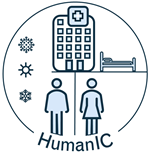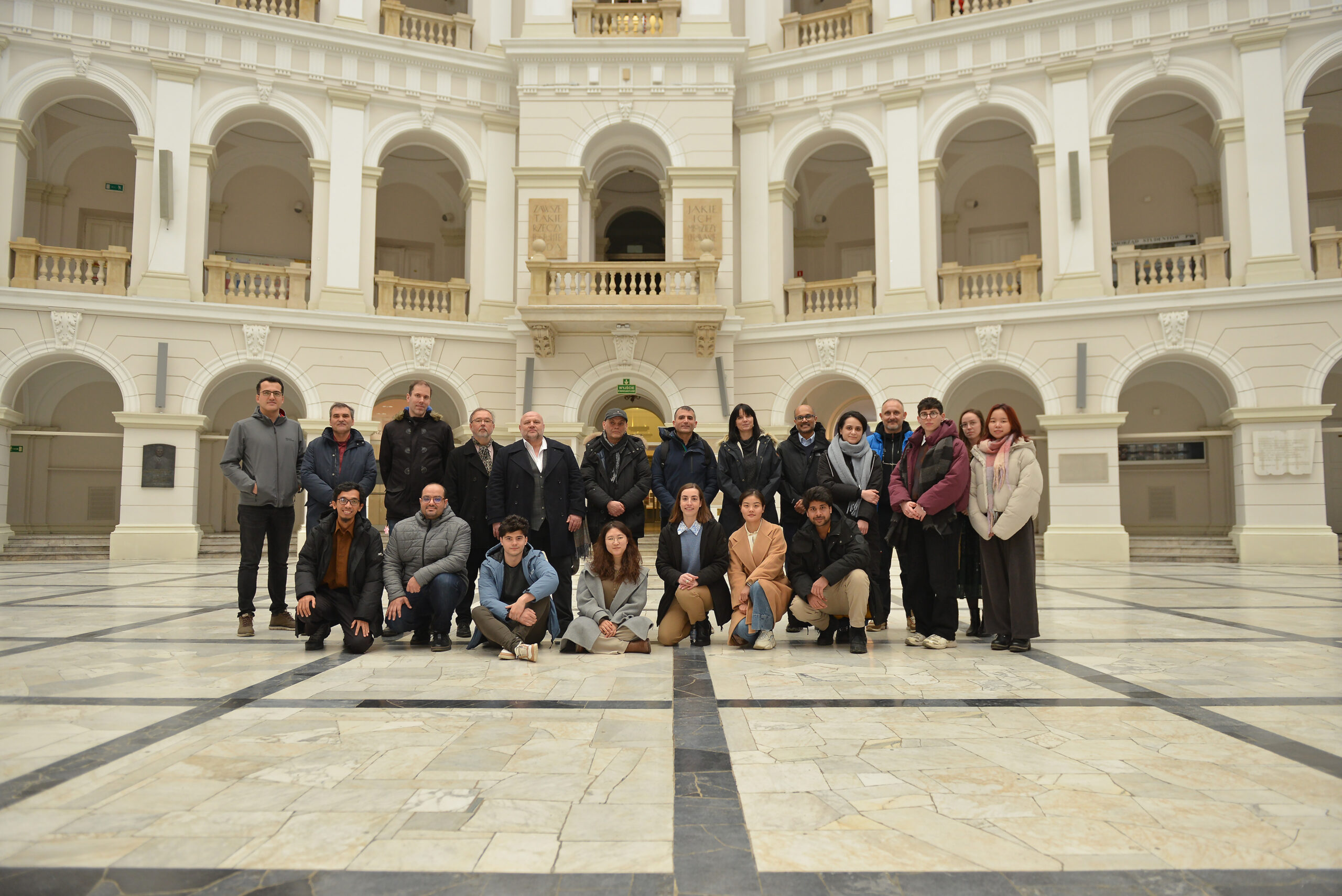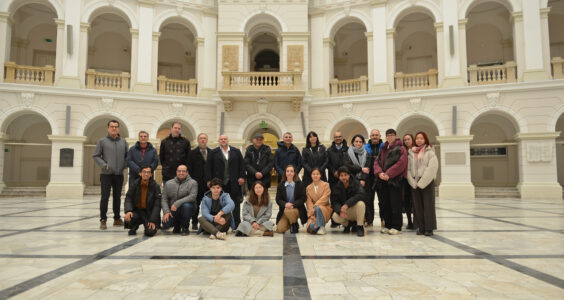The Marie Skłodowska-Curie Actions (MSCA) program empowers Beneficiaries (BEN), legal entities that serve as the cornerstone for research and innovation. These institutions, bound by grant agreements, manage all facets of project execution, from recruiting and supervising Doctoral Candidates to providing rigorous, excellence-driven training. The HumanIC project demonstrates the collaborative power of BEN, bringing together European institutions to redefine hospital environmental design. This network shifts from conventional building-focused ventilation and heating systems to a human-centric approach, aiming to dynamically integrate contamination sources, airflow distribution, and the specific clinical, patient, and energy requirements of hospital settings.
The HumanIC project involves ten beneficiary organizations, which collectively host eleven doctoral candidates;

The Warsaw University of Technology (WUT): Founded in 1898, WUT is a leading institute of technology in Poland and Central Europe. Its research spans biotechnology, biomedical engineering, computer science, and information technology, automation, electronics and electrical engineering, information and communication technology, biomedical engineering, chemical engineering, materials engineering, mechanical engineering, environmental engineering, mining and energy, civil engineering and transport, architecture and urban planning, technical sciences, mathematics, chemical sciences, physical sciences, earth and environmental sciences, management and quality sciences.
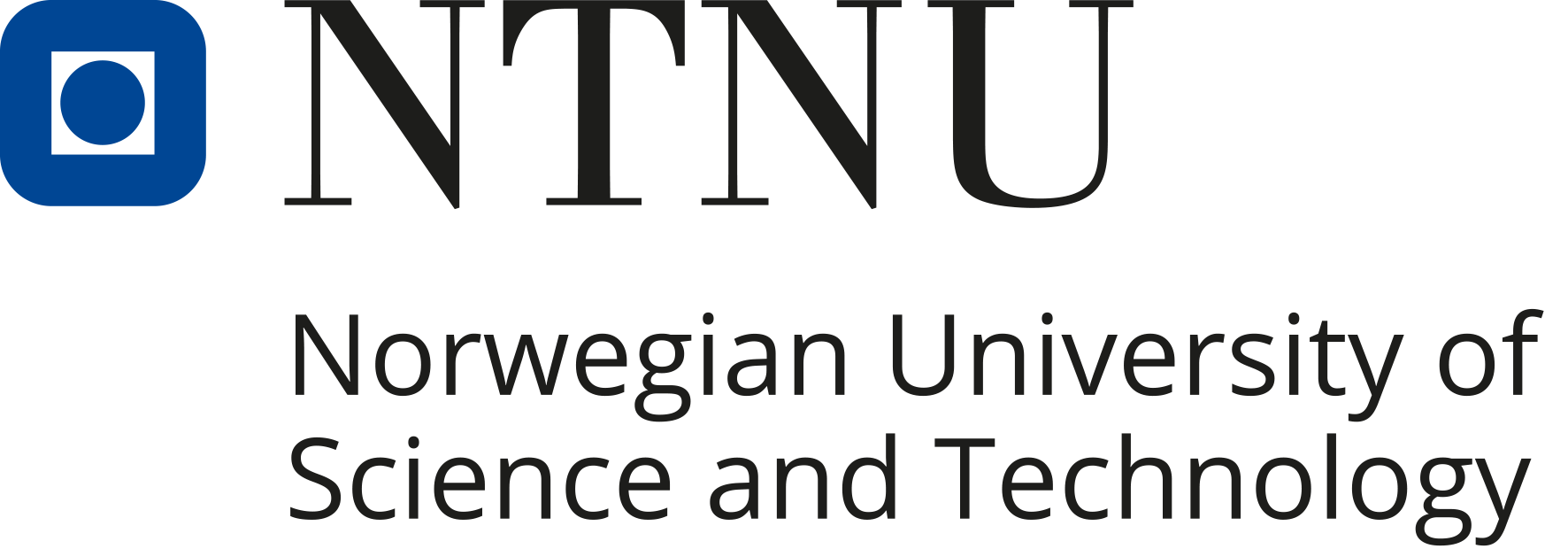
The Norwegian University of Science and Technology (NTNU): Established in 1996 (with roots to 1910), NTNU focuses on technology and natural sciences. Key research areas include engineering, technology, natural sciences, humanities, social sciences, medicine, and the arts, with strengths in maritime, energy, and medical technology.
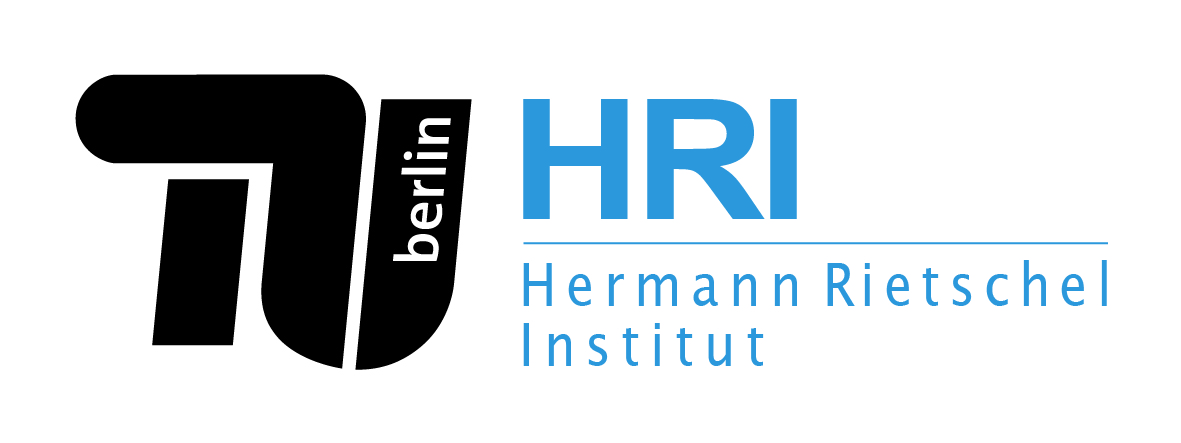
The Technical University of Berlin (TUB): Originating in 1879, TUB’s research covers engineering, natural sciences, and humanities. Key areas include sustainable technologies, artificial intelligence, and urban development. It is part of TU9 and has strong international research collaborations.
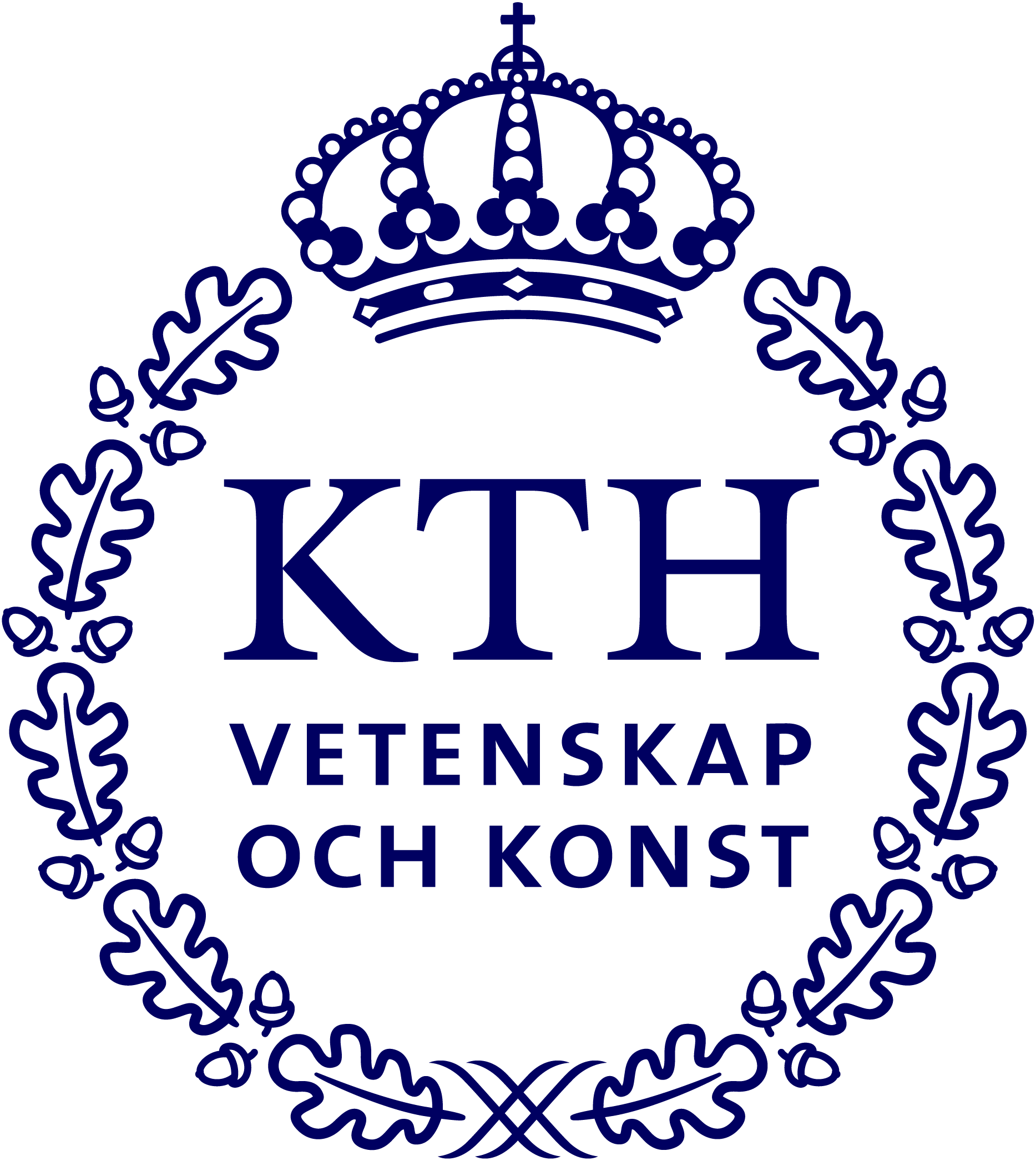
The Royal Institute of Technology (KTH): Founded in 1827, KTH in Stockholm is a leading European technical and engineering university. Its research includes engineering, computer science, architecture, and natural sciences, with strengths in IT, mobile communication, molecular life sciences, sustainable digital transformation, medical technology, sustainable production, and transport.

The Aalto University (Aalto): Established in 2010 through a merger, Aalto is multidisciplinary, covering technology, business, and art. Key research strengths include materials science, nanotechnology, sustainable technologies, art, and business.

St. Olav’s University Hospital (SOH): With origins in 1902, SOH in Trondheim is a university hospital affiliated with NTNU. Its research is tied to clinical work, focusing on medical treatment and patient care, and it is a center for medical research and education.The infrastructure currently has 6 operating rooms at St. Olavs Hospital and 1 test room at NTNU. Prototypes and new treatment methods are developed and tested in a safe and controlled environment at St. Olavs Hospital and FOR (The Operating Room of the Future) an international pioneer in the intersection between a digital media technology industry and the development of new medical technology and applications in the field of image-guided minimally invasive treatment.

The University of Coimbra (UC): Founded in 1290, UC is one of the world’s oldest universities. Its research spans humanities, sciences, and technology, with recognition in law, medicine, and sciences, and a focus on sustainability and interdisciplinary research.
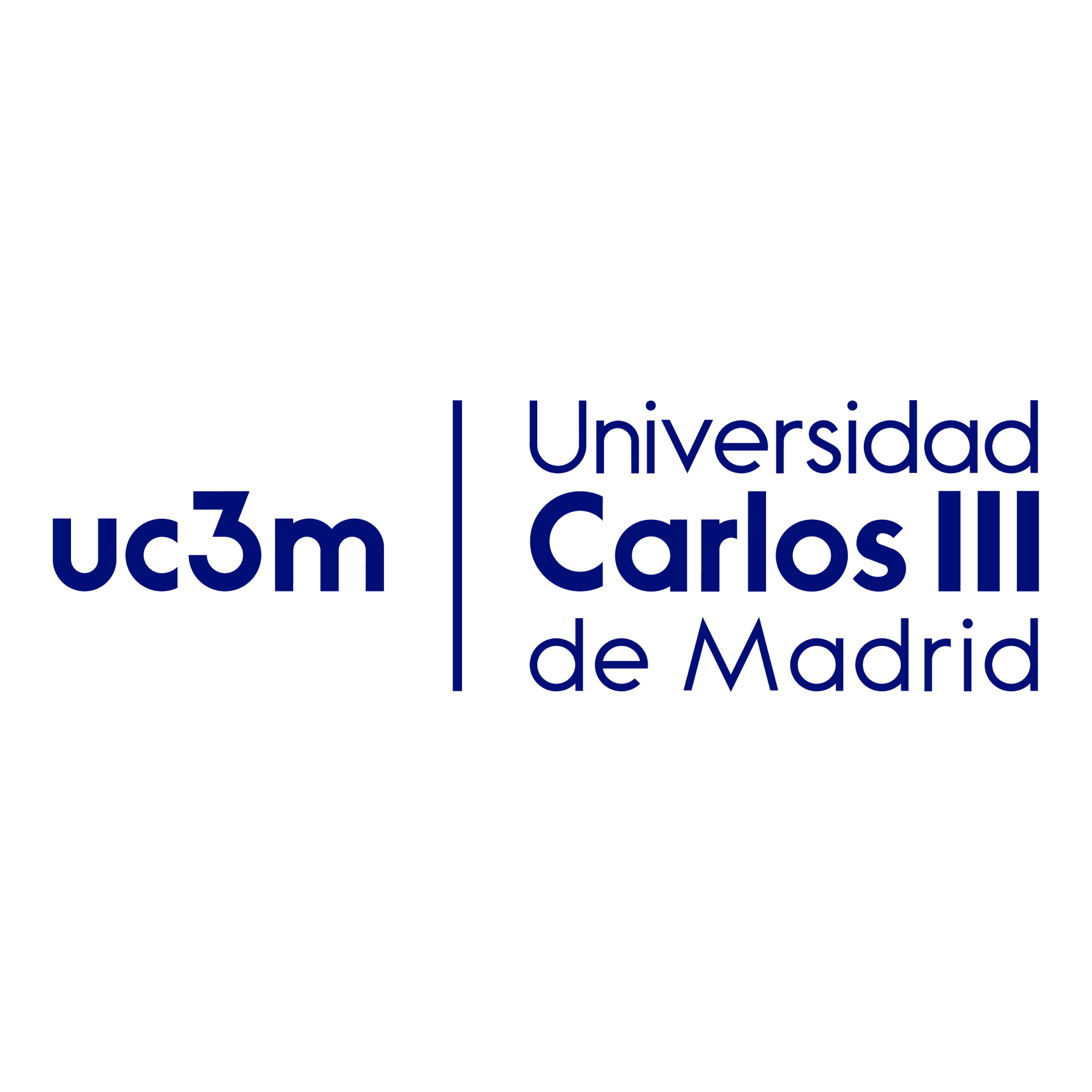
The University Carlos III of Madrid (UC3M): Founded in 1989, is a research-driven public institution known for its excellence in social sciences, law, engineering, and business. Committed to innovation and international standards, UC3M fosters interdisciplinary collaboration, technological advancement, and academic excellence, aiming to be a leading European university.

The Hospital General Universitario Gregorio Marañón (FIBHGM): The Fundación para la Investigación Biomédica del Hospital Gregorio Marañón (FIBHGM) established Instituto de Investigación Sanitaria (IIS) Gregorio Marañón (IiSGM) in 2010 as a result of the integration of research groups from the Hospital General Universitario Gregorio Marañón (HGUGM) founded in 1968, the Universidad Complutense de Madrid (UCM) and the Universidad Carlos III de Madrid (UC3M), with the participation of the Servicio Madrileño de Salud (SERMAS; through the HGUGM) and the Dirección General de Investigación, Docencia y Comunicación de la Consejería de Sanidad de la Comunidad de Madrid (Directorate General for Research, Teaching and Communication of the Regional Ministry of Health of the Community of Madrid). In 2012 it was accredited as an IIS by the Instituto de Salud Carlos III (ISCIII).

The University of Leeds (Leeds): Established in 1904, Leeds is a center for diverse research, contributing to global issues like climate change and sustainability. Its medical research includes cancer and cardiovascular diseases, and it excels in engineering, social sciences, and interdisciplinary research.
